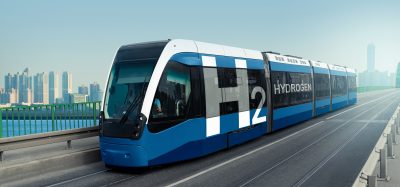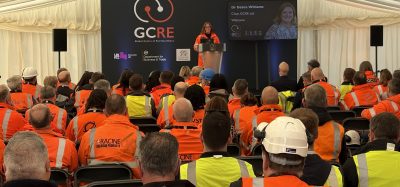Images: UK first as HS2 engineers begin assembling off-site manufactured viaduct
Posted: 22 June 2023 | Elliot Robinson (Editorial Assistant - Global Railway Review) | No comments yet
HS2 has begun assembling the UK’s first major railway viaduct to be entirely manufactured off-site, a major milestone for the project.
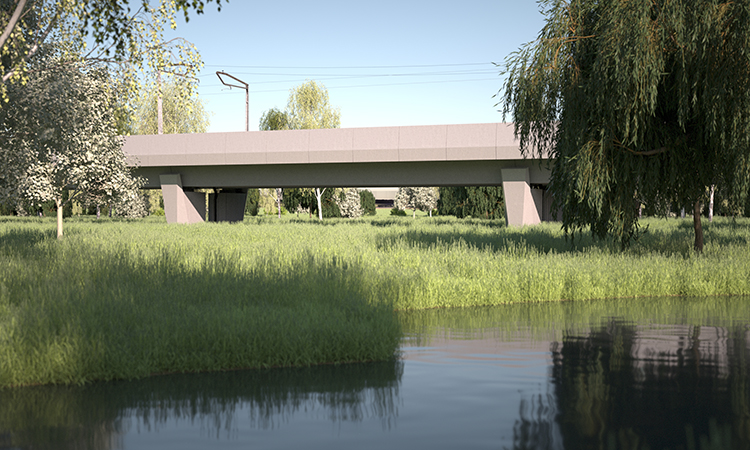

Artist's impression of the Thame Valley Viaduct in ten years time - Credit: Hs2
HS2 has begun assembling the UK’s first major railway viaduct to be entirely manufactured off-site, in a move that represents a major step forward for viaduct design and promises to boosting safety and efficiency on site.
Unlike more traditional viaduct designs, every major element of the 880m long Thame Valley Viaduct is being manufactured in a factory before being slotted together on site like a giant Lego set, cutting its carbon footprint by around a third.
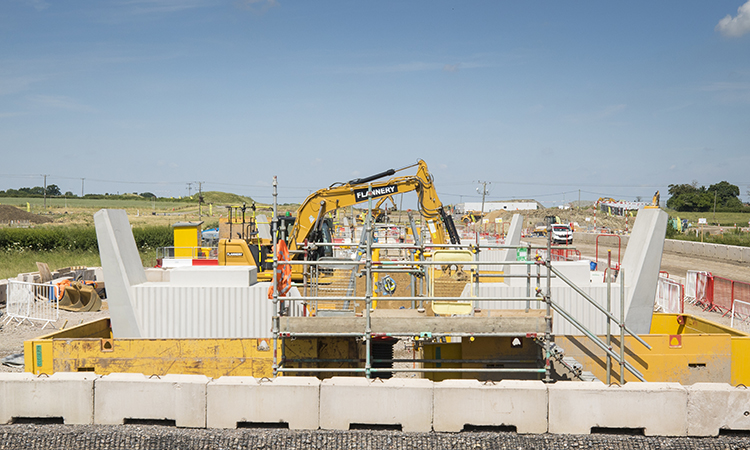

HS2 first Thame Valley piers on site – Credit: Hs2
Crossing the flood plain of the River Thame, just outside Aylesbury, the viaduct will carry HS2 trains at speeds of up to 360km/h between London, Birmingham and the North – dramatically improving journeys while freeing up space for more freight and local services on the existing network.
The 68 giant concrete piers – each weighing 42 tonnes – are being cast at PACADAR UK’s factory on the Isle of Grain, in Kent, before being transported to site by road. The first 14 piers were lifted into position on top of their foundations over the last four weeks.
Set low into the landscape with a simple and consistent profile, the underside of the viaduct will be just 3m above the ground, with thirty-six even spans crossing the river and surrounding wetlands.
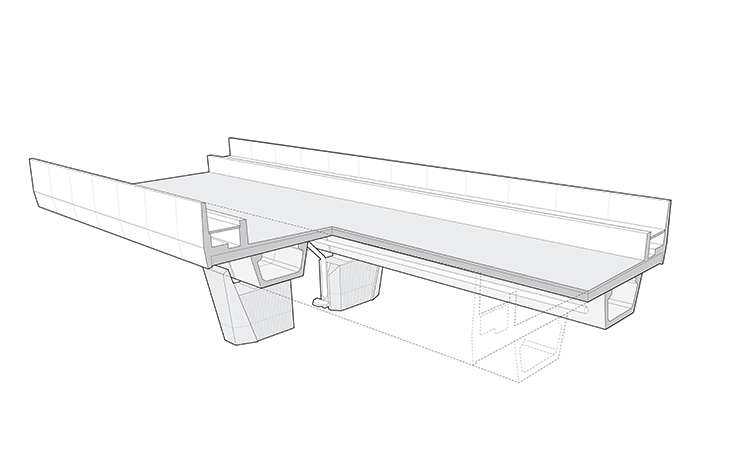

Thame Valley Viaduct cuttaway images showing two beam approach – Credit: Hs2
Applying lessons from the construction of recent high-speed rail projects in Spain, the design team opted for a simple structural solution with two 25m long hollow beams per span, which cuts the amount of carbon-intensive concrete and steel, while simplifying work on site.
“Thame Valley may not be HS2’s biggest viaduct, but it does represent a major step forward in terms of its structural design,” Tomas Garcia, HS2 Ltd’s Head of Civil Structures, said. “The post-tensioned double-beam approach used here has enabled the whole viaduct to be manufactured off-site – dramatically improving efficiency, safety and quality while delivering outstanding performance and durability. Once complete, HS2 will offer zero-carbon journey across the UK, but structures like this will also help us develop new ways to cut embedded carbon in construction that can be adopted across the rest of the industry in the future. That’s why it’s great to see the first piers in place as our construction partners begin to assemble this ground-breaking viaduct.”
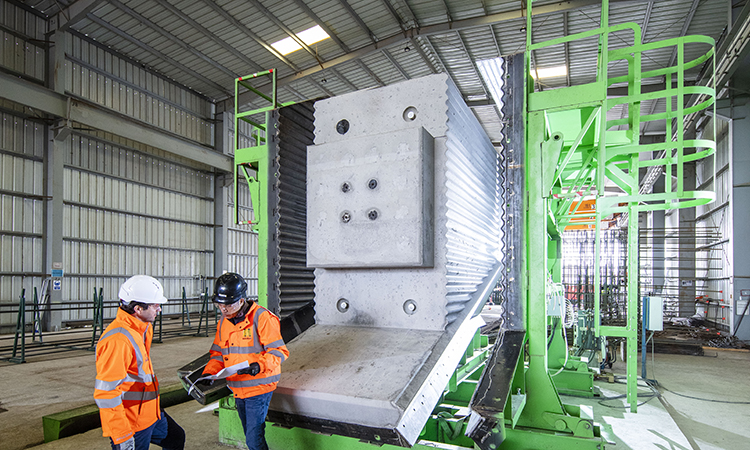

First pier for the Thame Valley Viaduct at the Pacadar UK factory portrait – Credit: Hs2
The viaduct was designed by HS2 Ltd’s main works contractor, EKFB – a team made up of Eiffage, Kier, Ferrovial Construction and BAM Nuttall – working with specialist on-site construction partner, FC Civils Solutions. Traditionally, viaduct beams are secured together above each of the piers with a concrete diaphragm which is cast in situ. The larger pre-cast beams that will be used at Thame Valley can be secured directly to one another, removing the need for the diaphragm – and allowing every major element of the structure to be pre-fabricated.
As well as cutting embedded carbon in terms of materials, the pre-fabricated approach requires less lorries to deliver material to site, simplifies construction, cuts waste, reduces disruption for the community during construction – and improves safety by reducing the need for people to work at height. Off-site manufacturing also helps spread contract opportunities and supply chain jobs across the UK, with 200 people – including apprentices and graduate engineers from nearby Universities – employed on the Isle of Grain, delivering the viaduct and also making tunnel segments for HS2’s London tunnels.
“The construction team is thrilled with progress made so far,” Tiago Palas, FC Civils Solutions Head of Operations, said. “In a short amount of time, we have successfully installed fourteen prefabricated piers as well as pressing ahead with the other stages of works, on-and-off site, such as pile cap construction and the production of the precast beams ready for installation in autumn. Slotting the piers into place takes precision, collaboration and the expertise of the team, however, it’s a relatively quick process – an efficiency enabled by its innovative design and construction methodology.”
Related content you will enjoy:
Q&A with Jules Arlaud: HS2 Tunnel Boring Machine breakthrough





